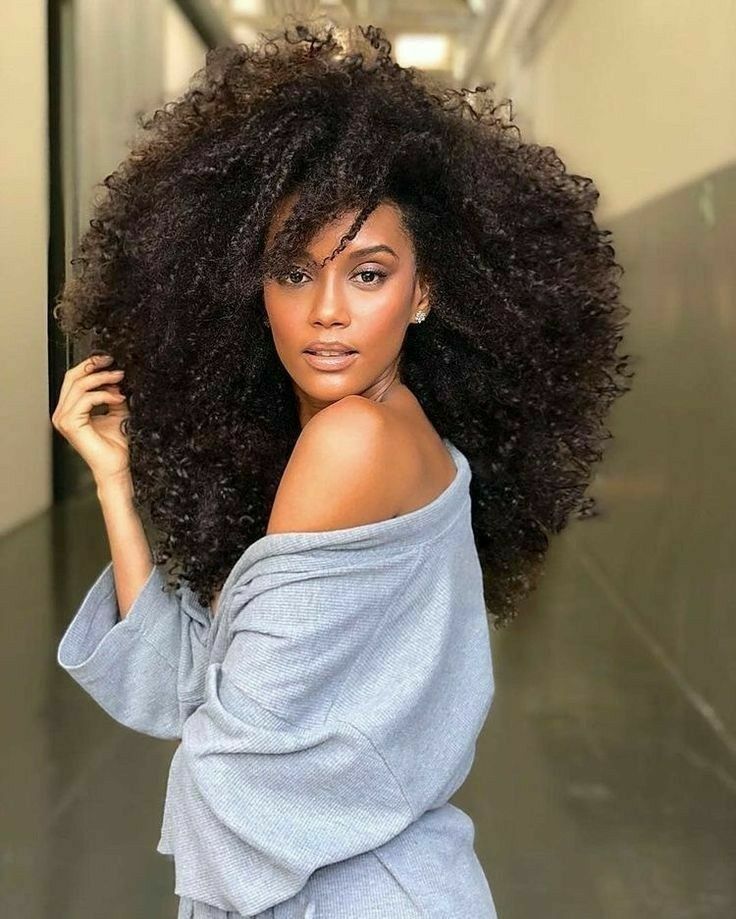
https://i.pinimg.com/originals/d7/83/3a/d7833ae16045257346647a84b7f86edb.jpg
When it comes to curly hair, there isn’t just one type. Curls are unique and each set is different. However, understanding your curly hair type can be important. This is why knowing your curl type is important.
How to learn your curly hair type:
In order to discover your curly hair type, curls will need to be clean and well moisturized. Additionally, remove any damage, so after a fresh haircut is a good time. If curls are very damaged, get a great hair cut and then wait 2-3 months for healthy growth to return.
While waiting for healthy growth to return, avoid things like tight hair styles, chemical treatments, or heat styling, as this can damage or change the structure of your curls.
Curly hair types:
Type 2- Wavy
Curlies with type 2 have wavy hair. This means hair will take on a S shape. While some people feel this doesn’t classify the hair as being curly, this isn’t true. Hair with a bend in it is classified as curly. Wavy can be difficult to manage as they are often prone to frizz, and are often finer in texture. Type A wavy refers to almost straight, but with loose curl. Type B is more defined waves. Following is Type C, which means some areas have ringlets, but most of the curls are looser waves.
Type 3- Curly
This type of hair is more likely to be in ringlet or spiral shape. Type 3 curlies often struggle to coax their curls into achieving definition. If your curls are shaped like large spirals, you have 3A curls. 3B curls tend to fall more on a medium size for spirals. For coils that are tight and can curl around a straw or pencil, this means you have 3C. Avoid over using product, as curls can get weighed down by heavy ingredients, or can become too frizzy if over manipulated.
Type 4- Coily
Girls with Type 4 coils often deal with shrinkage, and therefore struggle to grow length. As a result, these types of curls are often dry, and prone to snarls. As a result, a good quality conditioner can create slip to make curls easier to manage. Corkscrew coils tend to fall in the 4A coily area. Curlies with 4B curls have curls that are very small and tight in diameter, like a spring from a pen.
Understanding your curly hair type can help you figure out how to manage your hair and help determine what products are needed.
Find Your Perfect Match: The Curly Hair Shampoo and Conditioner You Should Be Sudsing Up With
